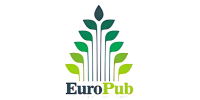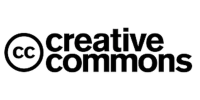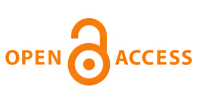Cost-Effectiveness and Budget Impact Analysis of New Drug Therapies: A Comprehensive Study in Pharmacoeconomics
DOI:
https://doi.org/10.62896/ijpdd.1.10.3Keywords:
Cost-Effectiveness, Budget Impact, Analysis, Drug Therapies, PharmacoeconomicsAbstract
This study highlights the economic viability of innovative medication therapies within healthcare systems by examining their cost-effectiveness and budget impact across neurological disorders, cancer, and cardiovascular diseases. With an incremental cost-effectiveness ratio (ICER) of $8,333 every Quality-Adjusted Life Year (QALY), Drug A has the best cost-effectiveness profile, according to the analysis, making it a desirable choice for healthcare providers. Drug B, on the other hand, has a higher ICER of $12,500 per QALY, but its substantial advantages to oncology offset its costs. In contrast, Drug C has a somewhat modest health gain and, at $15,000 per QALY, its ICER suggests that it be carefully evaluated. The budget impact analysis emphasizes the various cost ramifications of putting these cures into practice, highlighting how crucial strategic planning is to the adoption of new drugs. Additionally, sensitivity and scenario analyses show how differences in market entry tactics and medicine prices can have a big impact on budget impact and cost-effectiveness. The results support well-informed decision-making that strikes a compromise between improving patient outcomes and economic sustainability, offering legislators and healthcare professionals insightful information when implementing novel pharmacological treatments.
Downloads
Published
Issue
Section
License
Copyright (c) 2024 Sujata Publications

This work is licensed under a Creative Commons Attribution-NonCommercial 4.0 International License.
















